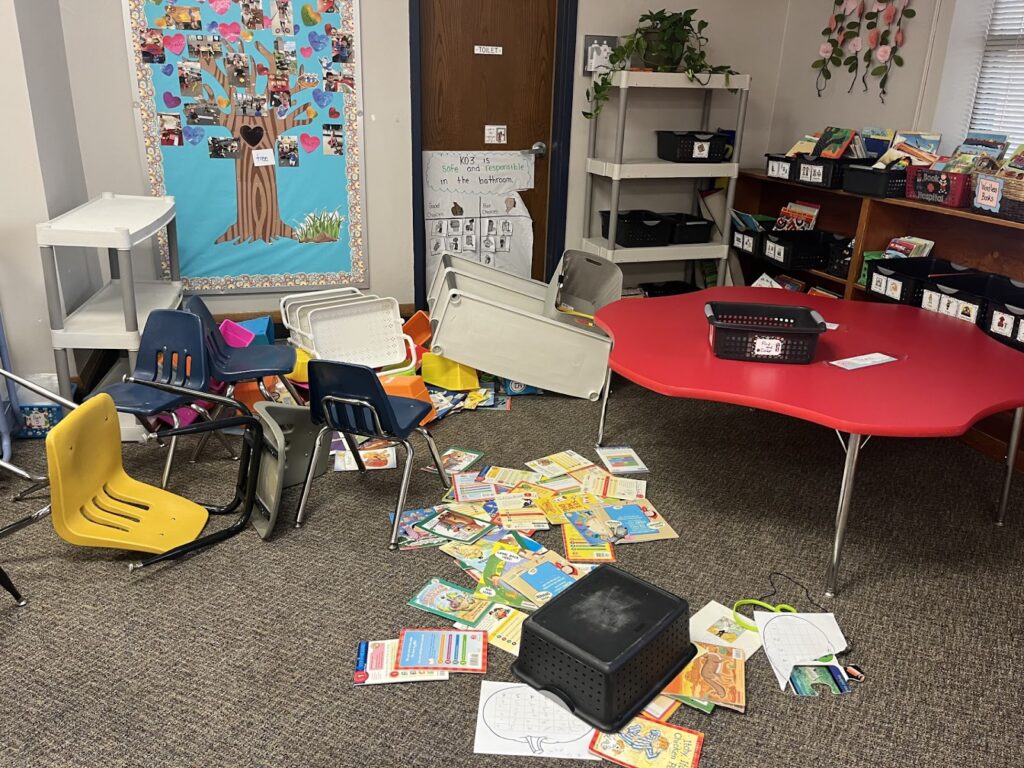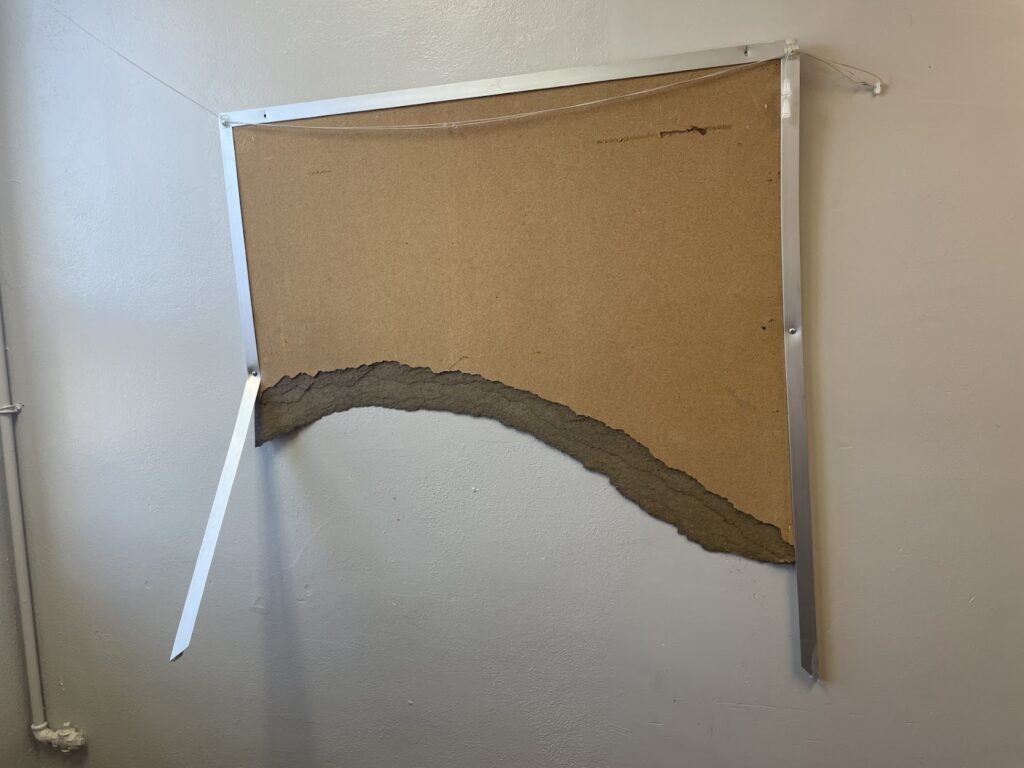Many of you have been faithful readers of my weekly blog on YouCantMakeItUpEducation.com, and I’m beyond grateful for your interest. This blog began as a place to share those moments in education when we all shake our heads and say, “You can’t make it up!”
Sometimes, it’s laugh-out-loud ridiculous. Sometimes, it’s dangerously absurd. And sometimes, it’s so outlandish you’d swear I was telling tall tales.
Spoiler alert: I’m not.
One of my friends reads these posts to her mother, who flat-out refuses to believe the stories are true. “That can’t have happened,” she says. Oh, but it did. Every last unbelievable detail.
In November, I wrote an article for AASA’s School Administrator magazine. To my surprise, it’s taken on a life of its own over the past few weeks. It’s gone a bit viral, sprinkled generously with—you guessed it—“You Can’t Make It Up” moments.
My inbox has been flooded with emails from all over the country, and words like “heroic,” “brave,” and “thank you” keep showing up in text messages and during school visits.
Here’s the truth: I didn’t write it to be brave. I wrote it because this is now “normal.” It’s happening everywhere. The fact that people have identified with it so strongly is telling.
Educators from all types of districts—principals, superintendents, teachers, paraprofessionals, transportation directors, parents, and even retirees—have reached out to me. They’ve shared their stories, and many mirror each other:
- The resignations they didn’t want to accept.
- The injuries sustained at the hands of students with extreme behaviors.
- The fallout from those behaviors, impacting many with physical and emotional stress.
- The extensive resources expended to address the needs.
- The daily grind of knowing behaviors are out of control—but feeling powerless to find a lasting solution.
One district leader told me about a staff member who was “taken to the floor” by a ten-year-old. (Taken to the floor—that’s the official description. In her words, “body-slammed” might be more accurate.) When that staff member came in to resign, they were wearing a neck brace. You can’t make that up.
Another leader shared this: just as he finished reading my article, a staff member walked into his office to quit. He read the piece to them, and they said, “That’s it. That’s why I’m leaving.” You can’t make that up.
These Moments Are No Longer Rare
These “You Can’t Make It Up” moments are no longer outliers. They’re becoming normalized, and they’re eroding our profession.


So Now What?
That’s the biggest question I’m hearing: What do we do about it? Federal laws, legal requirements, and limited options for placements—these are universal obstacles.
I don’t pretend to have all the answers, but if the number of emails, Facebook comments, and heart emojis is any indication, we need to start asking better questions—and fast.
Extreme behaviors are damaging our schools, our staff, and our students.
- We’re losing good people.
- We’re jeopardizing positive learning environments.
- And let’s be honest: the current state of things is not sustainable.
Here’s what we do know:
Proactive training helps. School districts everywhere have invested heavily in strategies like:
- How to perform holds correctly.
- How to address specific types of behaviors.
- Restorative practices.
- Positive Behavior Interventions and Supports (PBIS) and Multi-Tiered Systems of Support (MTSS).
Districts have expanded their teams and resources:
- Hiring behavior facilitators, certified behavior specialists (BCBS), and counselors.
- Creating intensive behavior programs with smaller classroom environments.
- Repositioning staff to be agile and responsive through cadré models and school-based locations.
These efforts have had successes. Many children respond well, and our staff witness progress and even miracles every day. They are amazing!
What About the Outliers?
Despite all of these efforts, I think most educators would agree that we’re unlikely to ever have enough people, funding, or programs to fully meet the needs.
Let’s Talk About It – Let’s Think Differently
Have you had staff quit? Have you wanted to quit? Have you experienced the sights and sounds of extreme behaviors echoing through your schools?
- Have you ever had a room torn to shreds?
- Have staff or students been injured?
- Have you seen a child rage for hours at a time?
You’re not alone.
We have to start addressing the root problems differently. In my next few blog posts, I will propose some simple shifts. I’d love your feedback.
- We have to preserve teaching and learning in our classrooms.
- We have to mitigate the damage to our profession.
- We have to change our mindset and approach.
- We have to shift the narrative.
I’d love to hear your stories. Share them with me at Jane@youcantmakeitupeducation.com. Maybe, just maybe, we can start to piece together some solutions—or at the very least, continue to find strength in solidarity.
Because if there’s one thing we all know by now, it’s this: In education, the truth is often stranger than fiction.
You really can’t make it up.
Happy New Year!
Jane
